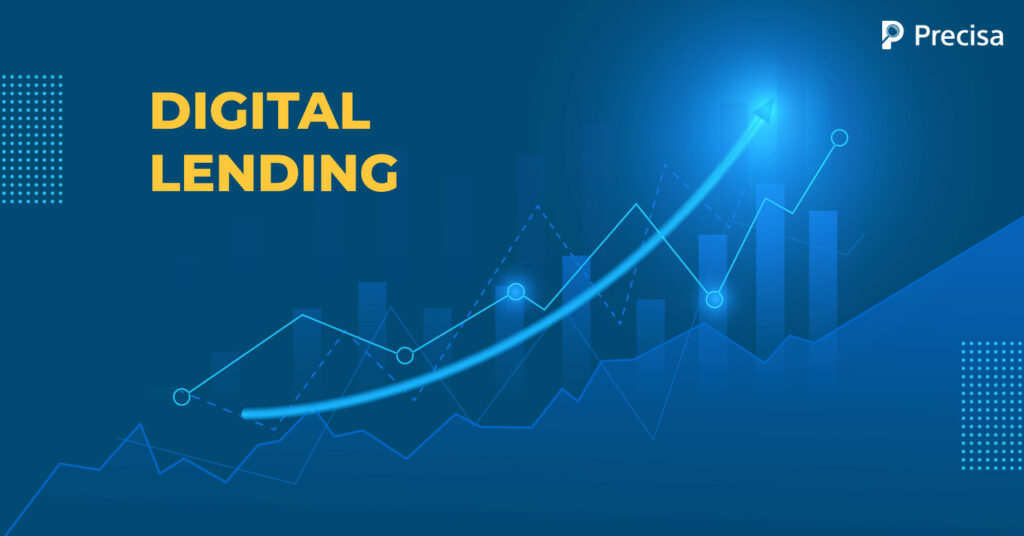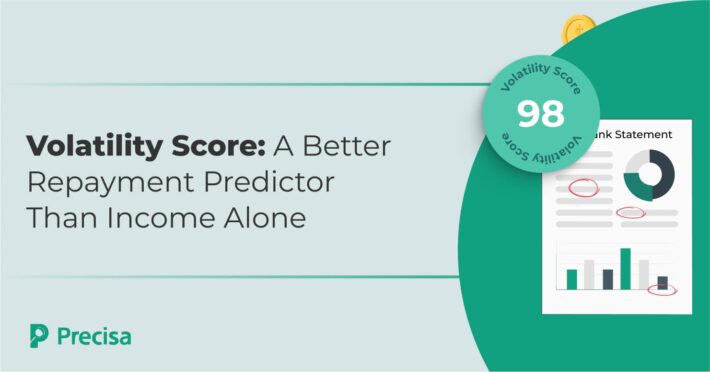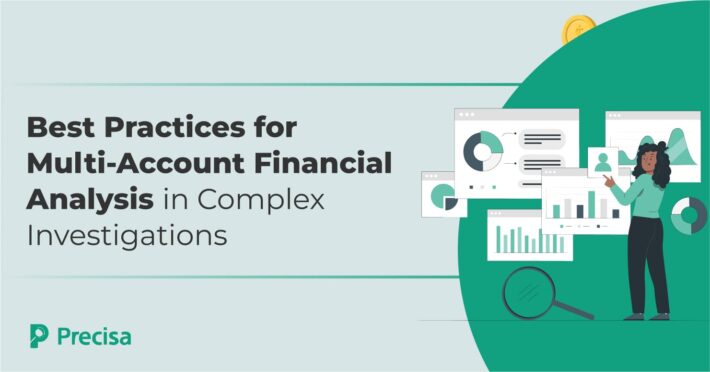Why Is Digital Lending Gaining Momentum in India

Technological advancements in banking and finance have transformed how we conduct our businesses. From core banking facilities and ATMs, fintech has made a progressive journey, producing innovations like net banking, credit cards, pre-paid instruments, mobile wallets, digital payment gateways, etc., in the banking industry. Digital lending or lending tech products are the latest and, currently, the most popular ones among the tech-enabled banking solutions in India.
India’s fintech sector witnessed major growth during the Covid-19 pandemic. Restrictions imposed by the lockdowns raised the demand for credit in the economy and limited the public’s access to banking institutions. Digital loans became the preferred alternative for those in need.
Many factors contributed to the quick acceptance of digital lending practices. But the major catalyst of this transformation was the shift to digital transactions triggered by demonetisation.
The Growth Trajectory of Digital Lending

Indian digital lending sector experienced a tepid reception till 2018. The industry grew thanks to different socio-economic factors and policy initiatives. From a humble figure of $9 billion in 2012, the fintech lending industry rose to a $110 billion market in 2019. The expansion continued in the following years. The value of India’s digital lending market is $270 billion. It is expected to increase to $350 billion in 2023.
Experts predict that the growth will continue in the coming years. They forecast a compound annual growth rate (CAGR) of 22% for the sector between 2022 and 2030. In 2030, the Indian fintech lending industry is anticipated to become a $1.3 trillion market.
With a booming market, more and more start-ups are venturing into the lending tech space. At present, there are two unicorn start-ups in the digital lending segment. Twelve more lending tech firms are likely to become unicorns this year. Additionally, funding opportunities for these start-ups look promising. In the second quarter of FY2022, lending tech firms received more than 50% of the funding made in the fintech segment.
This promising growth of digital loans is assisted by both demand and supply factors. According to a TransUnion report, there are around 170 million underserved credit customers in India. Also, there is a sizeable untapped market for lending in Tier II and Tier III cities. The demand from the market is considered the driving factor for digital loans in the coming years.
What Makes Digital Lending Popular?
Digital lending products offer many advantages compared to traditional loans. They provide effective emergency solutions to cash requirements. Demand for credit, along with the increased penetration of smartphones, availability of high-speed internet, increasing per capita income, etc., aided the rise of fintech loans.
Some important factors that contributed to the growth of the sector include:
- Easy availability of credit and fast disbursement– Digital loans have a lesser turnaround time than conventional credit modes. Automated processes accelerate every stage of loan processing, from customer solicitation to loan disbursements. The entire process is hassle-free and requires minimum customer presence to approve the loan. Faster onboarding and verification processes, reduced lending cycles, and prompt credit availability have made digital lending a preferred mode of borrowing for small businesses.
- Rapid technology advancement and adoption– This applies to both the public and lenders. At 87%, India has the highest fintech adoption rate in the world. Faster and more affordable internet technologies have made this achievement possible. Fintech companies also took advantage of the opportunity to upgrade their technology. Machine learning (ML) and robotic process automation (RPA) help obtain and store customer information. Artificial intelligence (AI) assesses borrowers’ creditworthiness and credit eligibility. Automated underwriting reduces the processing time and the processing cost of digital loans. The reduced cost benefits can be transferred to customers.
- Flexible lending norms and less stringent eligibility criteria– Digital lending products are more user-friendly than other credit forms. No prior banking relationship with the lender is necessary for availing of advances. Short-term, small ticket-sized loans are available, starting at Rs. 3000. A formal lending institution like a bank or an NBFC will not offer such bite-sized loans due to high service costs. Also, the fintech advances are generally collateral-free. To secure the loan, the borrower doesn’t have to produce fixed assets, personal guarantees, or co-obligations. This mode of lending is ideal for MSMEs who need short-term credit to stabilize their cash flows.
- Customer-centric approach – Traditional credit follows a lender-driven approach which is complicated and time-consuming. Digital lending firms focus on streamlining their functions by reducing paperwork and enabling quick processing, saving valuable time. Borrowers also benefit from convenient repayment facilities. Digital lending doesn’t employ the one-size-fits-all approach– adjusting borrowers’ credit requirements to existing loan products. Indian fintech lending sector has a gamut of products that can be customised according to the customer’s requirements. Peer-to-peer (P2P) lending, bank-led digital lending, invoice financing, supply chain financing, buy now pay later (BNPL), SME lending products, etc., are some services available in the digitized credit market.
- Encouraging government initiatives– The government initiatives promoting the digital economy aided the expansion of the fintech ecosystem. A favorable combination of financial inclusion plans, financial literacy initiatives, development and adoption of technologies like Aadhar-based e-KYC, Unified Payment Interface (UPI), Bharat Bill Payment System, Goods and Services Tax Network (GSTN), etc. supported the progress of digital lending.
Summing-up
Digital loans have largely had a favourable but slightly negative impact on the credit market. Unfair and unethical lending practices have damaged customers’ trust in the sector. The Reserve Bank of India (RBI) stepped in with its digital lending guidelines to preserve customers’ interests by curbing fraudulent practices in the sector. While this move by the RBI promotes the orderly growth of digital lending, navigating the constantly changing regulations can be challenging for firms.
Precisa’s cloud-based Bank Statement Analyser cuts the process duration by five times and extracts, categorises, and collates financial information from transaction statements to detect and report irregularities. Our analysing tool also assigns a credit score (Precisa score) to help you make better credit appraisal choices. Contact us for a free demo.


